- About us
- Support the Gallery
- Venue hire
- Publications
- Research library
- Organisation chart
- Employment
- Contact us
- Make a booking
- Onsite programs
- Online programs
- School visit information
- Learning resources
- Little Darlings
- Professional learning
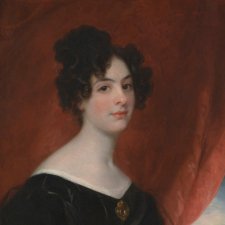
When did notions of very fine and very like become separate qualities of a portrait? And what happens to 'very like' in the age of photographic portraiture?
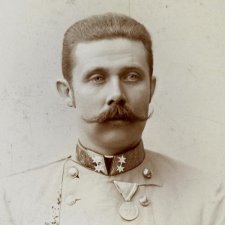
The immediate chain of events that led to the outbreak of the First World War began 100 years ago on June 28.
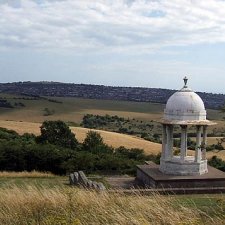
In the earliest stages of the Great War, the Royal Pavilion in Brighton was turned into a military hospital, and arrangements made there to accommodate the different dietary and other requirements of Hindu, Sikh and Muslim patients.
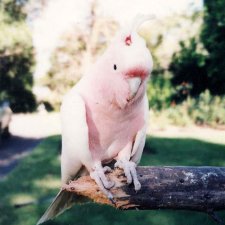
The long life and few words of a vice-regal cockatoo
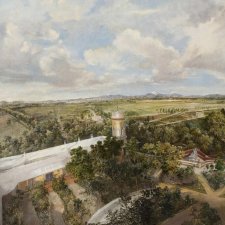
Several years ago I came across this curious painting on the racks in a distant, dusty corner of the store room in the basement of the Johannesburg Art Gallery in South Africa. Since then the mystery surrounding it has never been far from my mind.

Last Sunday I had the privilege of appearing at the Canberra Writers’ Festival in conversation with Julia Baird. The subject of our session was Julia’s recent biography, Victoria the Queen: An Intimate Biography of the Woman who Ruled an Empire.
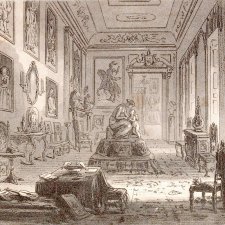
It may seem an odd thing to do at one’s leisure on a beautiful tropical island, but I spent much of my midwinter break a few weeks ago re-reading Bleak House.
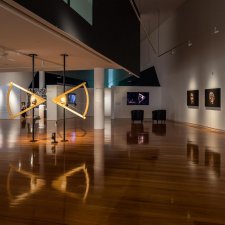
Penelope Grist explores the interplay between medicine and portraiture in Vic McEwan’s Face to Face: The New Normal.
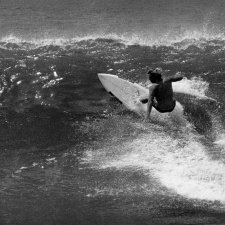
Penelope Grist charts an immersive path through Stuart Spence’s photography.
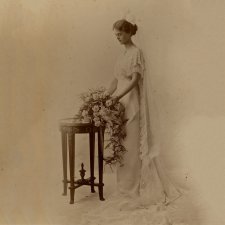
Where do we draw a line between the personal and the historical? Although she died in Melbourne in 1975, when I was not quite eleven years old, I have the vividest memories of my maternal grandmother Helen Borthwick.